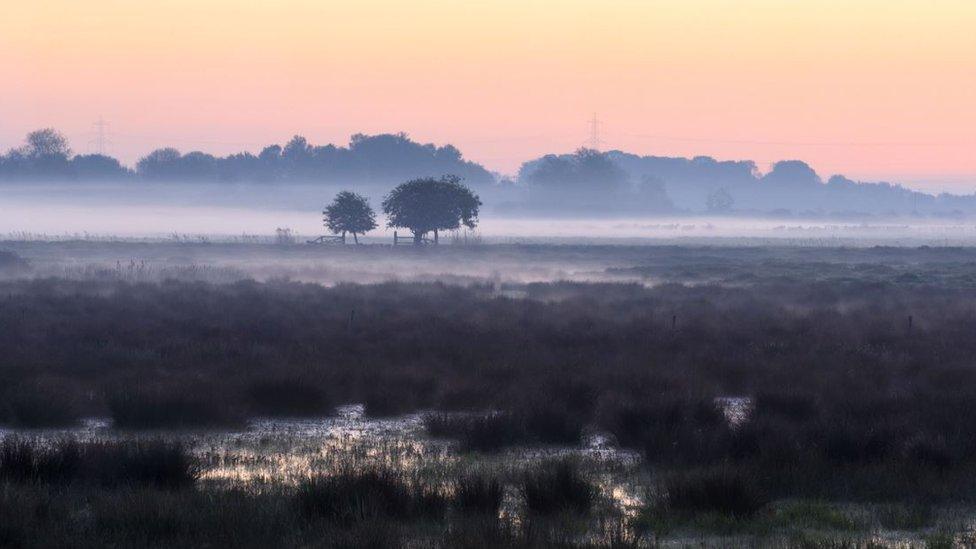Cambridge elm tree revival plan funded by rotary club
- Published
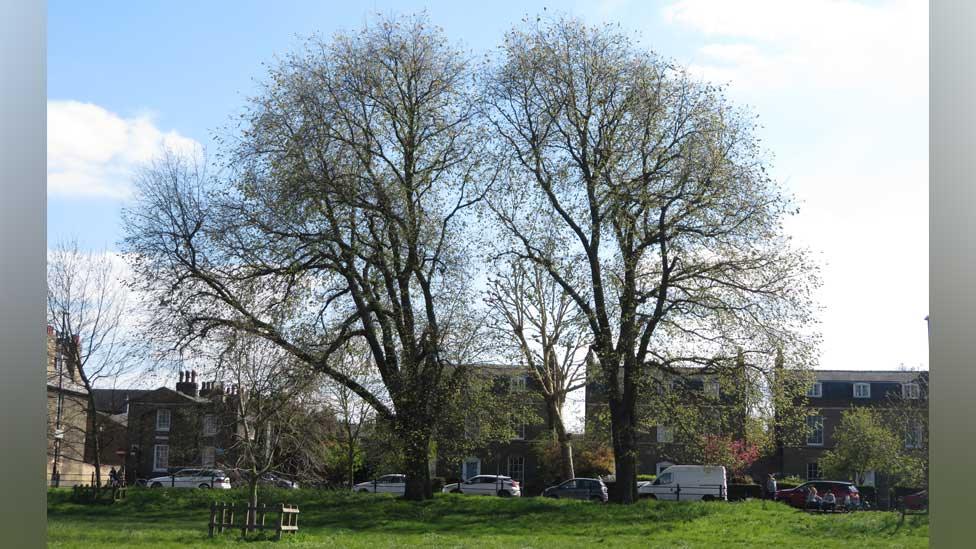
Six full-size elms have survived Dutch elm disease in Cambridge, including two on Midsummer Common
A city's rotary club is to fund the propagation of Dutch elm disease-resistant trees in a bid to re-establish the once-common species.
The fungus has caused the loss of about 90% of England's elms since the 1960s.
Cells from six large survivors in Cambridge, which seem to have withstood the fungus, will be used to grow up to 500 new trees.
Cambridge rotary club environmental officer Duncan Mackay hopes they will "create a new skyline" for the city.
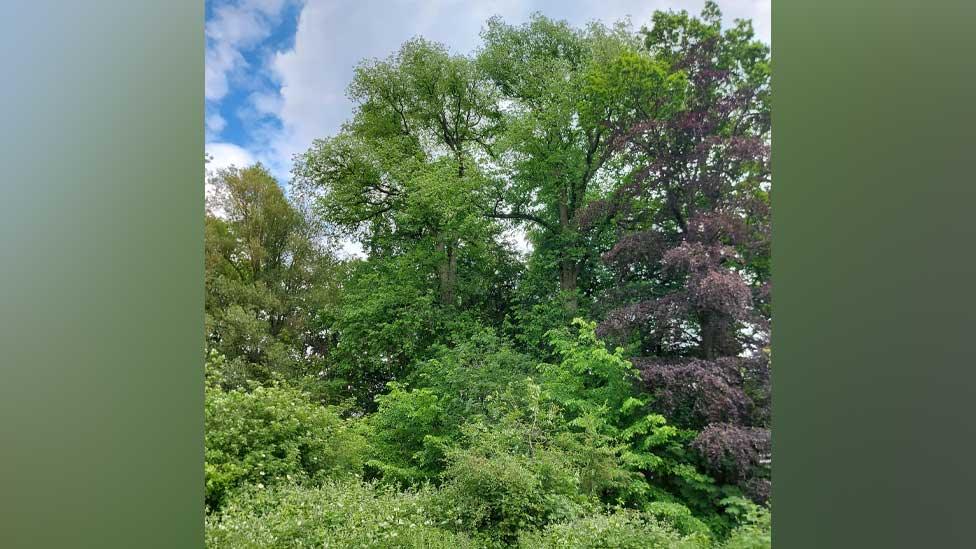
Queen's College, Cambridge, also has two well-known survivors
"When I was a kid, elm and ash was abundant everywhere in Cambridge - now most elms have gone and ash is under threat," the 67-year-old said.
A three-year wildlife survey of the city, external by the Cambridge Natural History Society, external confirmed the existence of the six apparently disease-resistant elms.

The elm tree
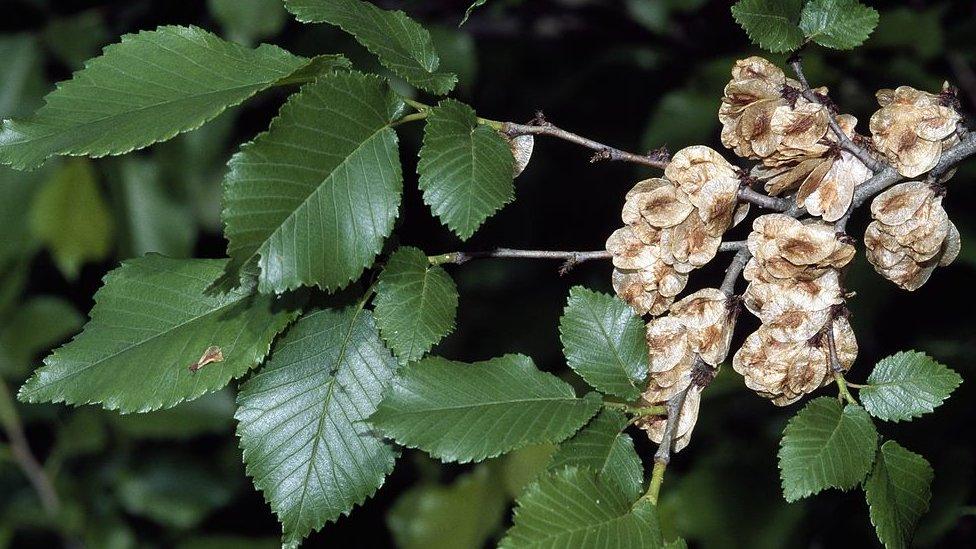
The elm has rough green leaves
They dominated the British landscape from the Bronze Age until the 1960s, when they were ravaged by Dutch elm disease
Dutch elm disease is caused by a fungus spread by the elm bark beetle and got its name from the Dutch pathologists who researched it in the 1920s
18th Century artist John Constable found them inspirational and sketched and studied them, external
Mature trees can grow to 30m tall (98ft) and provide food for many birds, small mammals, moth caterpillars and the white-letter hairstreak butterfly, external
Their water-resistant wood was used for coffins and in ships, including Henry VIII's Mary Rose

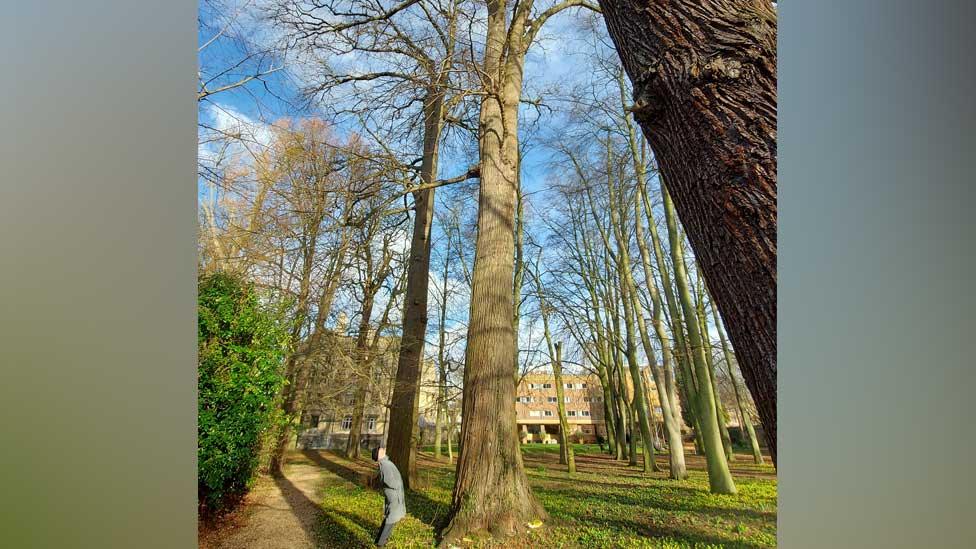
Queen's has had success with micro-propagating its elms (above)
Two of the trees are well-known specimens at Queen's College, Cambridge, with one measuring 34.5m (113ft) tall.
Mr Mackay was inspired by work Queen's did in 2009, using micro-propagation to clone the trees and grow saplings, external.
Cells will be taken from the city's disease-resistant trees and sent to a laboratory for propagation.
The Rotary Club of Cambridge Rutherford, external has agreed to fund the cost, "which is about £1,000, although it may be more", he said.

Mr Mackay is a voluntary warden of a Cambridgeshire woodland and a member of the Cambridge Natural History Society
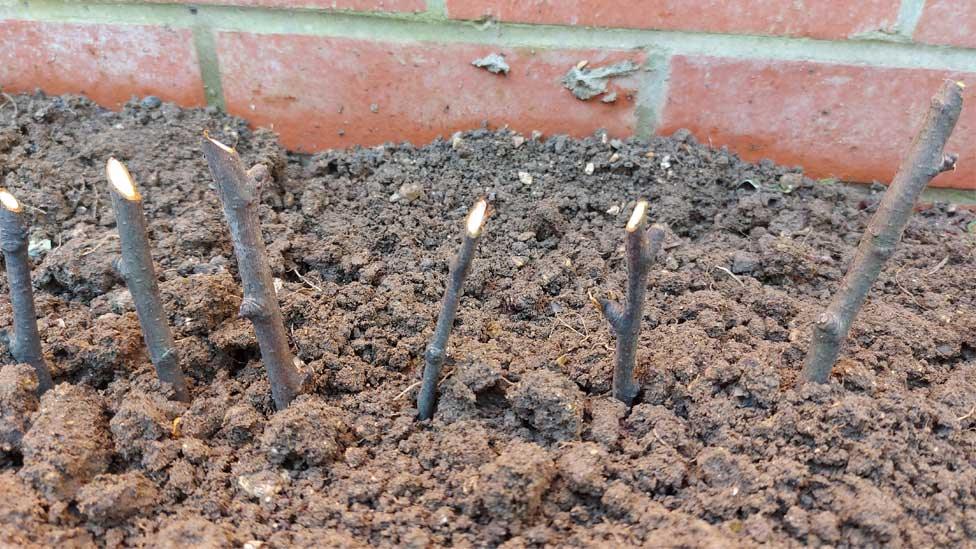
As well as exploring micro-propagation, he is experimenting with hardwood cuttings in his garden, despite admitting to being "not much of a gardener"
Elms have survived in English hedgerows, external, but when they get to about 20ft (6m) tall they usually succumb to the fungal disease.
Mr Mackay said pollen evidence reveals the tree died out in the mid-Neolithic era (from about 3,000BC), but later recovered "so if it happened before, I think it can happen again".
The club hopes to offer the saplings to the city's schools.
"We can create a new skyline - as it used to be - and while I won't live to see it, my children and grandchildren will," he said.

Find BBC News: East of England on Facebook, external, Instagram, external and Twitter, external. If you have a story suggestion email eastofenglandnews@bbc.co.uk
- Published29 July 2021
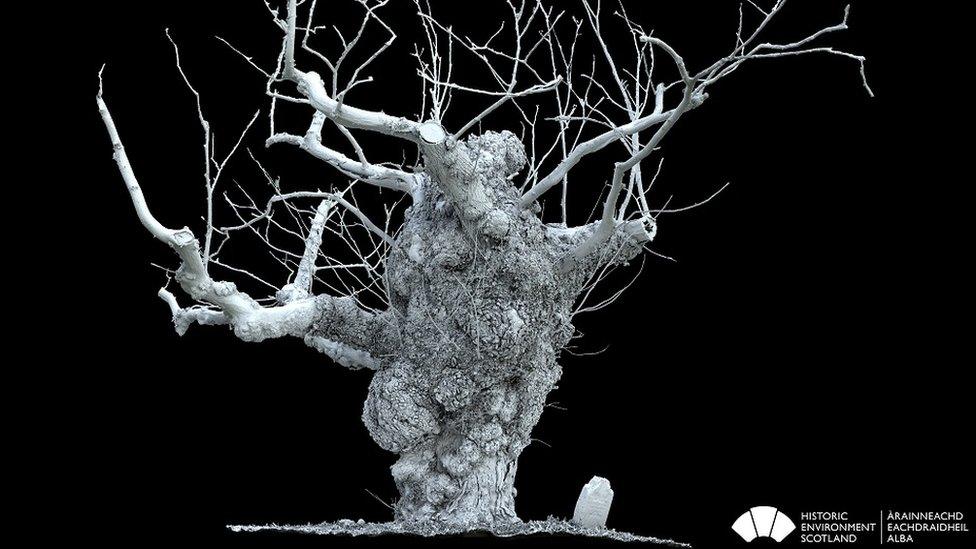
- Published4 October 2021
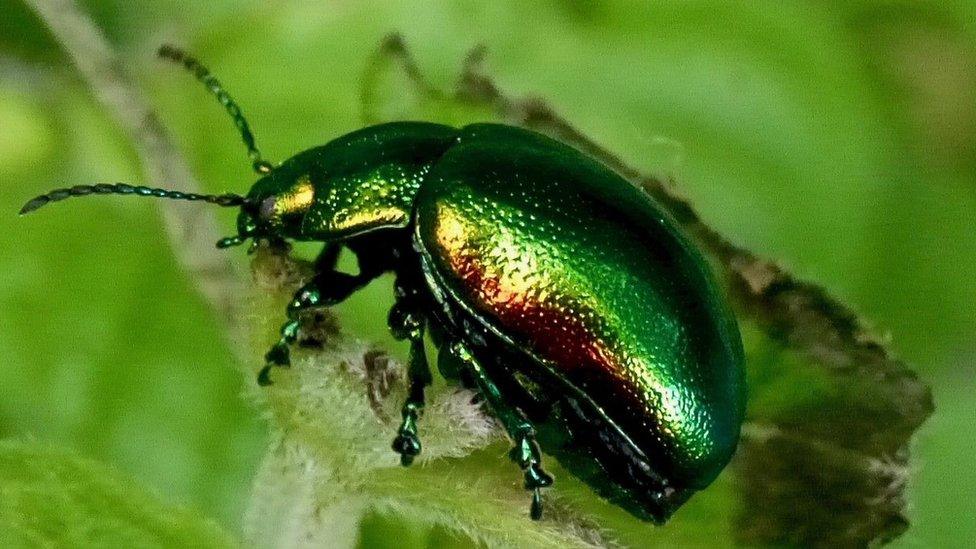
- Published8 July 2021
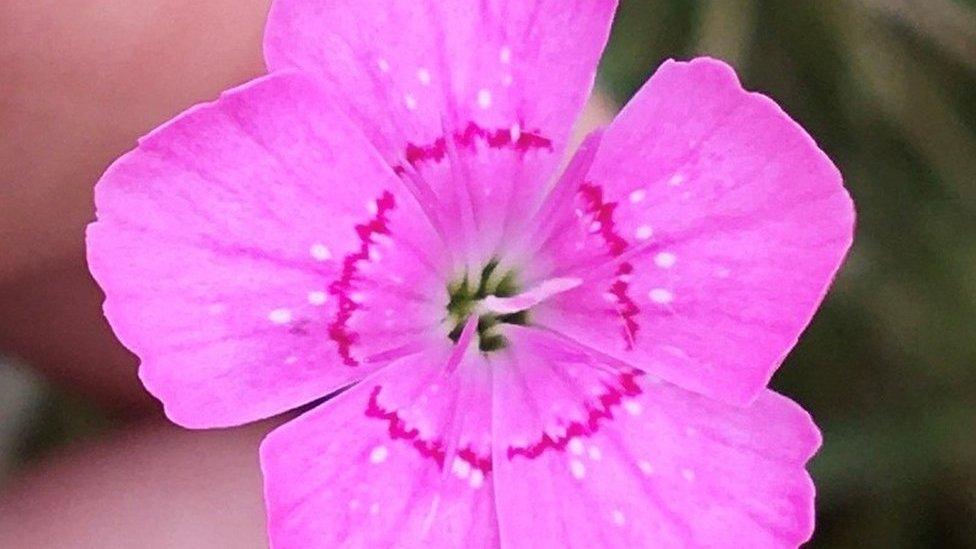
- Published13 May 2021
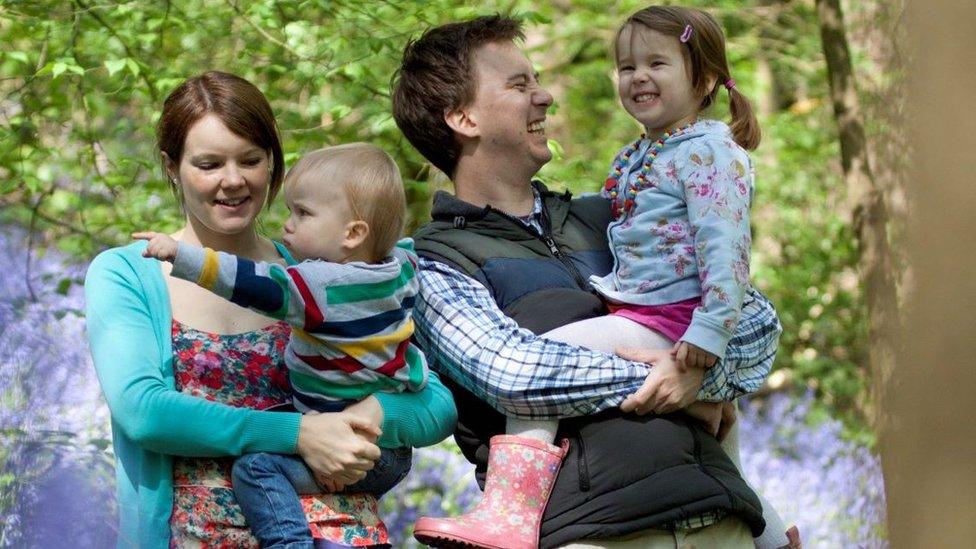
- Published31 May 2020
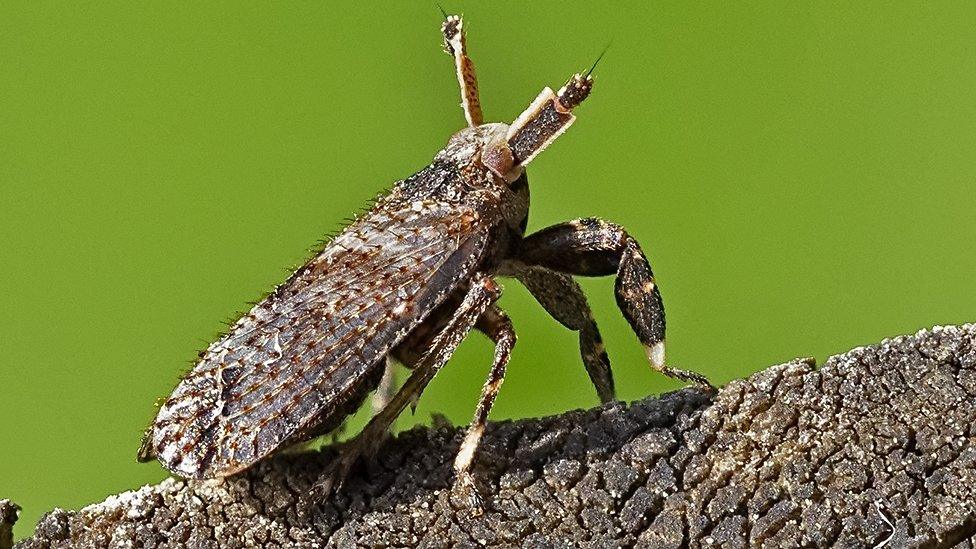
- Published8 January 2020
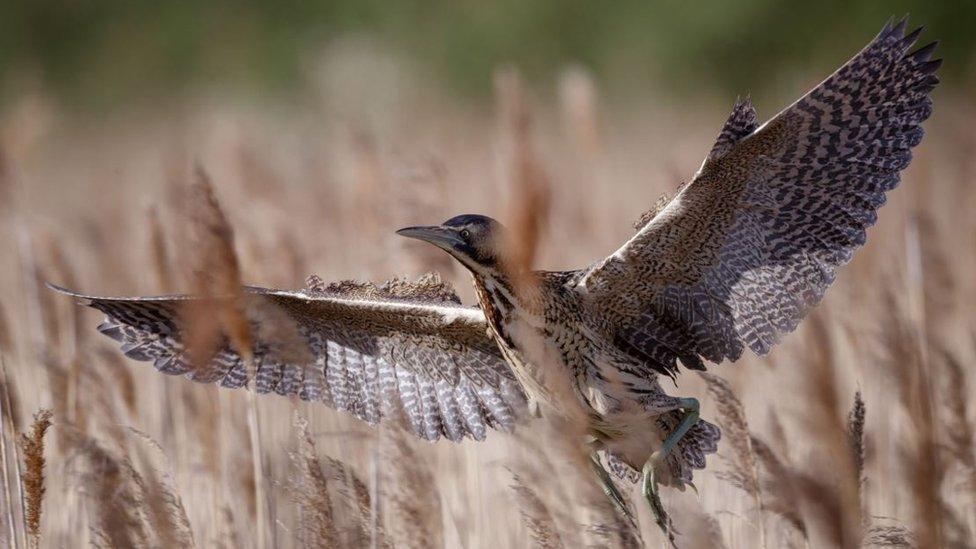
- Published4 December 2019

- Published1 May 2019
